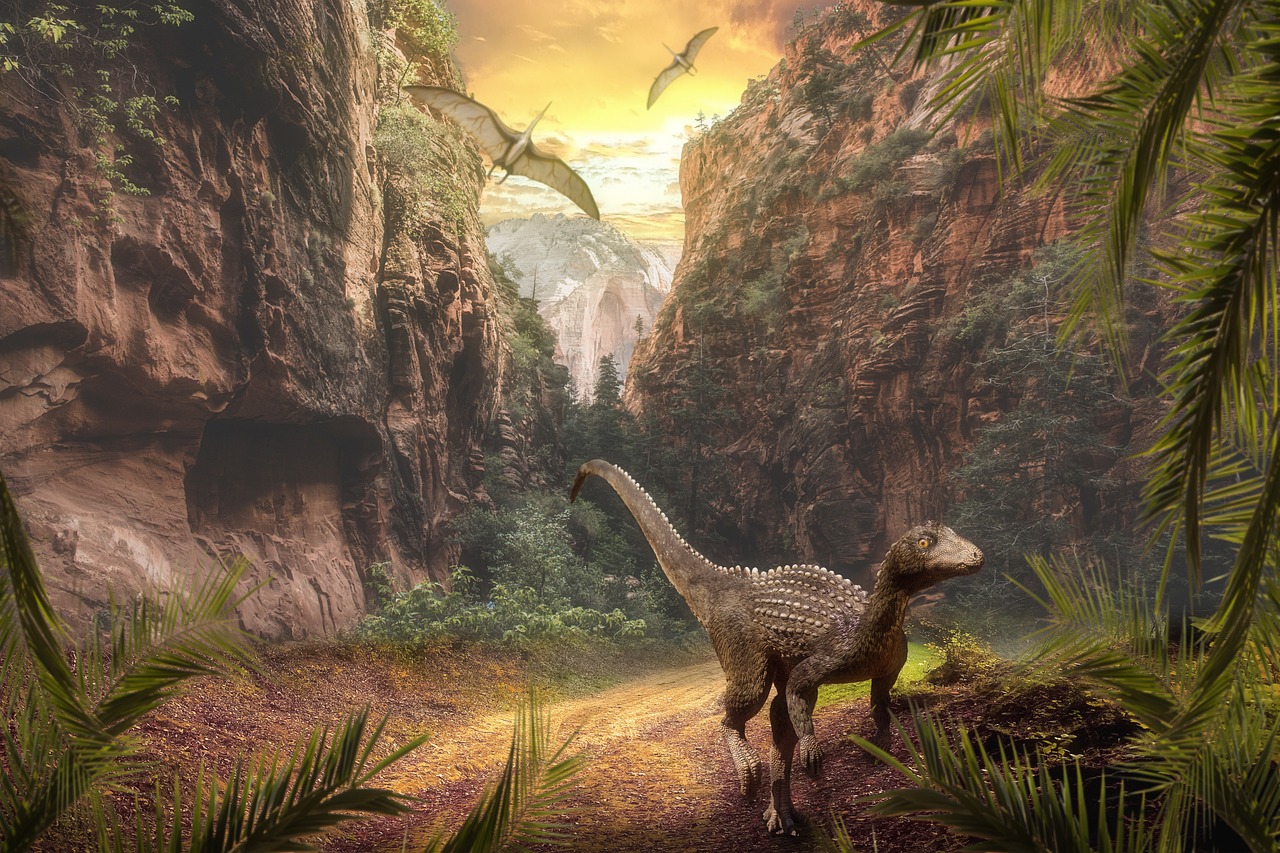
Pre-reading questions:
I will read each question. Then, please answer them.
講師がそれぞれの質問を読むので答えましょう。
- Do you know what a predator is?
- Can you name one predator you know?
Vocabulary:
I will read the words, meanings, and sample sentences. Then, repeat after me.
単語、意味、例文を読みます。講師に続いて音読しましょう。
- period /PEER-ee-uhd/
- suggest /suhg-JEST/
- attack /uh-TAK/
- mainly /MYN-lee/
- reliable /ri-LAHY-uh-buhl /
[noun] – a fixed time during the life of a person or in history
The Renaissance was a fascinating period in history, marked by a flourishing of art, science, and culture.
[verb] – to propose an idea or convey something indirectly
The data seems to suggest that exercise improves mental health.
[verb] – to try to hurt or defeat using violence
The fierce lion decided to attack the zebra, showing its hunger by running quickly toward it in the grasslands.
[adverb] – usually or to a large degree
Sarah mainly enjoys reading mystery books, but she also likes adventure stories sometimes.
[adjective] – able to be trusted or depended on; trustworthy
A reliable friend always supports you in difficult times.
Article reading:
Please read the whole article. Then, I will check your pronunciation and intonation.
記事を音読しましょう。講師はあなたの発音とイントネーションを確認します。
In the Jurassic Period of ancient western North America, large size was crucial for dinosaur survival. A study analyzed bite marks on sauropod bones, revealing deep grooves on 68 bones from 40 individuals out of 600 examined, shedding light on the interaction between meat-eating and plant-eating dinosaurs. Surprisingly, these marks weren’t from predators attacking live adult sauropods. Instead, the scientists suggested that meat-eaters found the bodies of sauropods that had already died from things like old age or sickness. It seemed too risky for even large predators to attack adult sauropods, which were much bigger than them. The study suggests that predators may have preyed on weakened sauropods, the largest land animals that lived from around 200 to 66 million years ago. Smaller theropod dinosaurs in the Jurassic Period, such as Allosaurus and Ceratosaurus, lived alongside sauropods. Despite their size, these theropods didn’t target adult sauropods; instead, evidence suggests they mainly preyed on young sauropods. The study proposes that the abundance of young sauropods provided a reliable food source for these theropods, indicating a preference for vulnerable prey in the Morrison Formation.
True or False:
Read the sentences and identify if they are true or false based on the article.
文章を読んで、記事に基づいて正誤を答えましょう。
- Predators attacked live adult sauropods, leaving deep grooves in their bones.
- The study suggests that adult sauropods were a safe and easy target for large predators.
- The bite marks on sauropod bones were from scavenging by meat-eaters.
- The study proposes that smaller theropods mainly feasted on adult sauropods.
- The evidence points to theropods primarily targeting young sauropods.
Fill in the blanks:
Choose the correct word from the table then fill in the blanks.
適切な言葉を選んで空欄を埋めましょう。
| period | suggest | attack | mainly | reliable |
- The old car is not very ______; it often breaks down.
- The cafeteria menu is ______ filled with healthy options like fruits and vegetables, but there are also a few tasty desserts available.
- Did the teacher ______ any solutions to the problem?
- The fierce lion decided to ______ the zebra, showing its hunger by running quickly toward it in the grasslands.
- In history class, we are learning about a fascinating time ______ called the Renaissance.